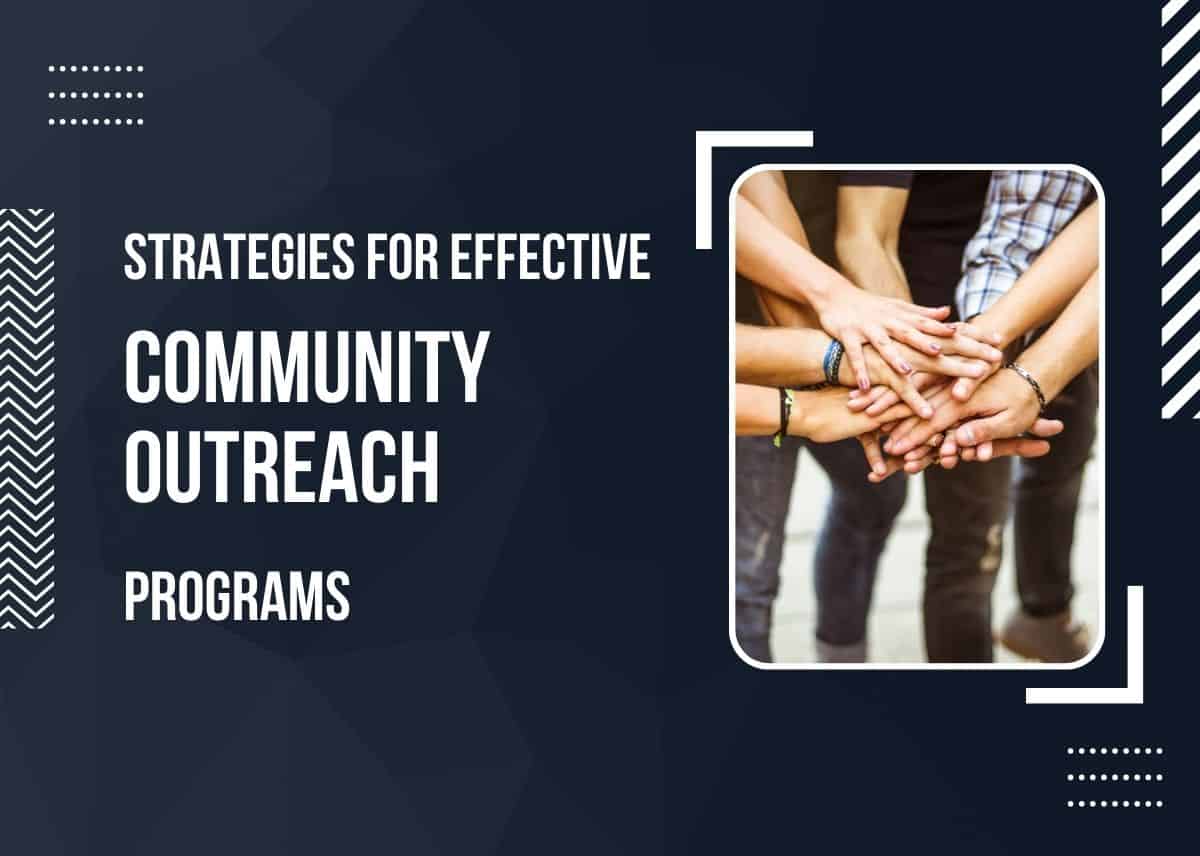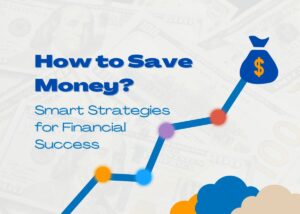Sometimes, the help for the community has to come from the outside. Sure, the majority of strengths to improve a specific community lie within, and if there’s no initiative from within the community, nothing will help you. Still, how do you awaken this hidden internal power? How do you make the community outreach program more effective?
Table of Contents
Remember that the community outreach intends to make a lasting change, which means that the community needs to participate and adopt the change as their own. With the right strategy, you can make this outcome much more likely. Here are four such strategies to consider.
1. Understanding community outreach challenges?
To make things happen, you must first understand some of your biggest challenges.
- Lack of trust: The biggest problem with the majority of outreach is the fact that communities that have been historically marginalized usually approach these projects more cautiously. Building trust takes time and effort, and establishing credibility can be difficult. Still, it’s possible and worth the effort; it might take longer.
- Resistance to change: People are often skeptical about more than just intention. Even with the best intentions, they doubt you have the strength to make the change. Sometimes, they even fear that you’ll make matters worse, so just for good measure, they would rather you don’t mess anything up.
- Limited awareness: If your marketing doesn’t do a good enough job, most of the community will be unaware of an outreach program. Make sure to spread the word in time.
- Political challenges: Sometimes, you’ll face a political pushback. At the same time, this resistance won’t always come from a bad place. Sometimes, the bureaucratic system’s inefficiency or corruption may create obstacles.
- Sustainability: Outreach programs are never a one-off. You need to keep making an effort to create any kind of a lasting result. People from the community might just doubt that you have this type of longevity in you.
You need to find a way to handle each unique type of pushback you’ll encounter.
2. Adjusting your messaging to address these challenges
So, when crafting a message to the audience, you need a plan on how you’ll tackle each of these challenges. Bear in mind that people don’t even expect you to have all the answers. They just want to know that you have a vague idea.
When it comes to the lack of trust, it can only be improved by active communication by members of the community and community leaders. Just by showing a willingness to listen, you’ll show that you care. From then on, your intentions won’t be questioned that much. Instead, people will just doubt your strength and willpower.
You want to ensure that your message is spoken in the language of the community you’re contacting. Don’t try to learn the language or terminology; involve an insider in the process. Give them a vague idea of what kind of message you want to send and ask them for insight on how to put this into words best.
Also, you can reduce the risk of resistance by developing relationships with regional political leaders. While this may sound unnecessary, remember that even a complex bureaucratic apparatus consists of people. These people can be allies or foes.
3. Showing previous successful examples
Next, you need to consider the importance of showing previous successful examples. If you have a community outreach program that has already been tried and proven, you can just stand behind this example and have a much easier time persuading people. People would rather see how things have turned out than analyze numbers or calculate the potential.
For instance, one of the outreach programs is aimed at helping people live healthier lives by promoting healthy living, offering free checkups, and holding workshops. Just find another such project and look at the numbers. Usually, there’s a statistic regarding the before and after.
If you’re working with inner-city youth, you could show some statistics about their subsequent academy records, reduction in juvenile delinquency, and much more. There’s always a relevant statistic to show; just make sure that this number is relevant to the point that you’re trying to make. Know what you’re trying to do from the start and orient your message on that specific point. This is far more effective than being too vague with some major altruistic statements.
If you’re working toward improved environmental sustainability and cleanliness of the neighborhood, chances are that you’ll have a lot of photographs to show. People love seeing results more than they love hearing or reading about them.
4. Leveraging technology and social media
There are so many ways you can leverage technology and social media to boost the effectiveness of your community outreach program.
First, social media can create a powerful call to action. This way, you can gather everyone much quicker and spread promotional materials more efficiently.
Second, you can offer people a chance to earn some social credit. Participating in a community outreach program can improve one’s public image. Sure, doing this to get material for your Instagram story or TikTok video is not the best, but who cares if you do the right thing in the end? People who make an effort are given a reward.
Remember that formatting these promotional videos and using giveaways and community-specific calls to action are just some techniques you can apply. You could also look for help in the sphere of influencer marketing. Just think about how many people would volunteer to spend time with a prominent member of the community. In other words, persuading an influencer to participate (again, for a chance to make content) is better than just asking them for a shoutout.
Wrap up
Effective community outreach is hard to build. It requires people from different communities to coordinate their interests, concerns, and goals to kickstart a change within a single community. The project aims to strengthen positive relationships between members so that this positive trend becomes self-sustainable in the future. With these four tips on your side, this shouldn’t be too hard to achieve.







